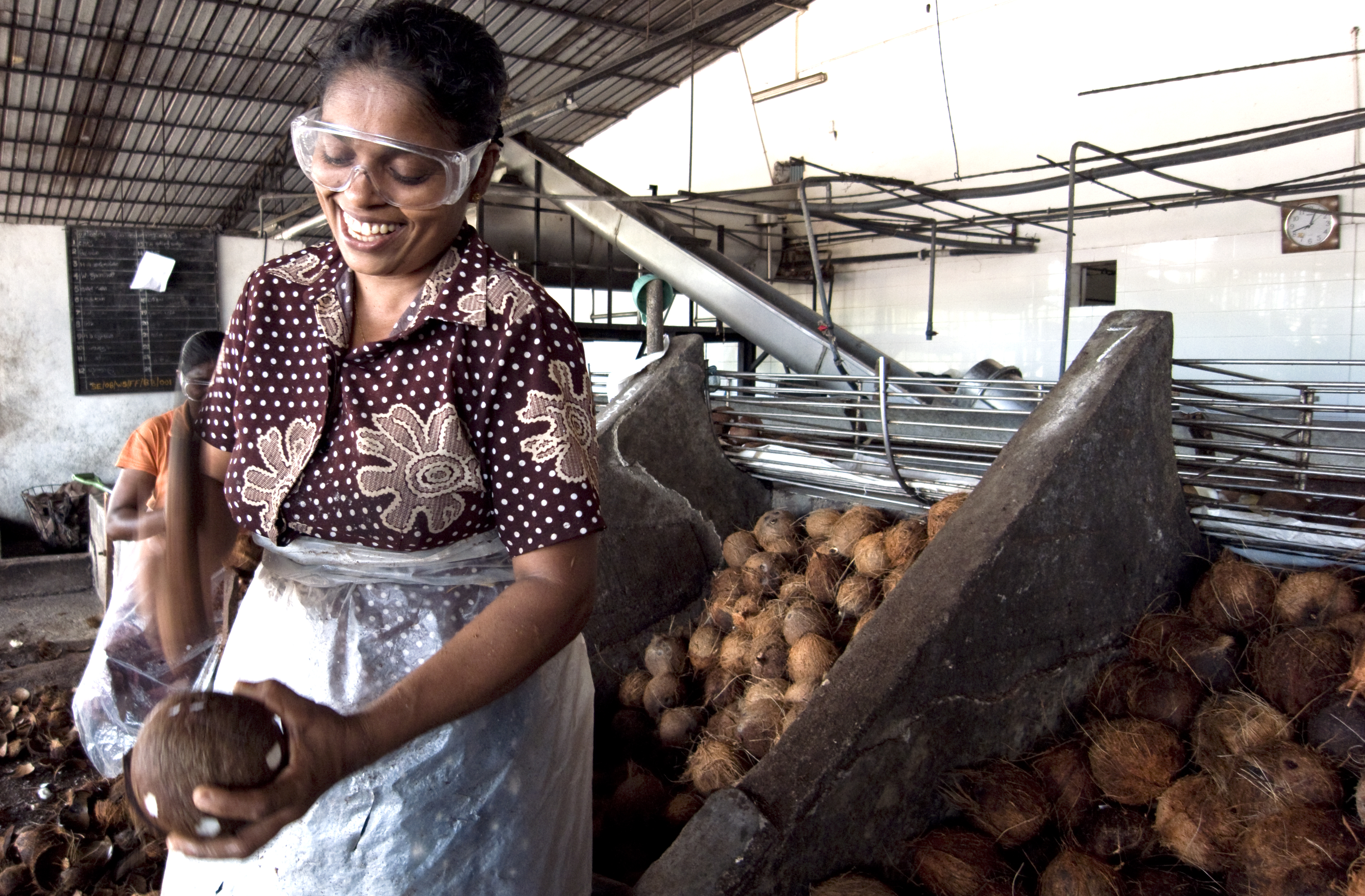Climate Change: The Ground-level Solution
Author: Ryan Zinn
To forget how to dig the earth and tend the soil is to forget ourselves.
—Mahatma Gandhi
World governments and organizations recently met in Paris to address climate change at a global level. And for the first time in the history of international climate talks, agriculture was put on the table as both a cause and solution to climate change.
As humans, we’ve sent people to the moon and cracked the human genome, but we are just beginning to understand the complexities of soil. For too long, we looked at soil as merely something to hold plants up, rather than a miraculous living membrane crucial for human and ecosystem health. Soils, when healthy, produce more food, retain more water and sequester significant quantities of carbon from the atmosphere. In fact, a third of the excess carbon dioxide in the atmosphere is from oxidized organic matter of depleted topsoil on mismanaged farms and overgrazed rangelands.
Industrial agriculture is a key driver in the generation of greenhouse gases. Synthetic fertilizers and pesticides kill soil life essential to building organic matter. Monocultures, land change, deforestation, waste and transportation are all part of a food system that generates significant emissions. Even if we stopped emitting greenhouse gases today, we would be stuck with a huge legacy load of greenhouse gases.
Fortunately regenerative organic agriculture practiced at large scale on our farms and rangelands can sequester huge amounts of excess carbon from the air and bring it back into healthy soil in the form of stable organic matter. This is how soil was formed in the first place and is one of the most significant steps we can take to reverse climate change, along with reforestation and not burning fossil fuels. The way we grow our food either degenerates soil and releases more carbon into the air, or regenerates soil that sequesters more carbon into the ground.
I’m excited to work for a company that works with farmers and partner organizations worldwide—in Ghana, Kenya, India, and Sri Lanka—to improve their livelihoods while simultaneously regenerating soil. Our team focuses on education and practices such as composting, cover cropping and mulching, that not only build up soil fertility and organic matter, increasing yields and profits for small farmers, but also aid local communities’ resiliency to heat waves and storms.
In India, the several hundred mint farmers we work with face serious challenges: a quickly growing population, soil degradation, erratic rainfall and rural poverty. Despite these challenges, Indian farmers are using local resources and know-how to return nutrients to their fields and regenerate their farms. These small steps, replicated over hundreds of farms, can act as the building block for a truly regenerative farming system.
Dr. Bronner’s also supports non-profit educational and activist organizations, including Regeneration International, Kiss The Ground, Center for Food Safety and Fair World Project, in their critical work to engage and educate farmers, consumers, companies and decision makers.
At a personal level, we can choose a “regenetarian” diet based on regenerative organic farming, and join organizations working on these issues. And by composting instead of throwing away food waste, we can improve our own soil’s health and ability to sequester carbon, and inspire friends and family to do the same.
Despite the dire reality, I have great hope. The resiliency of humans and the planet, after years of neglect, gives me faith. Facing down climate change is not only a major challenge, but a major opportunity to think differently about how we grow and eat food, how we define community, and what our hopes and aspirations are for the future. Let us not waste this opportunity.
***
Ryan Zinn is Organic & Fair Trade Coordinator at Dr. Bronner’s.

